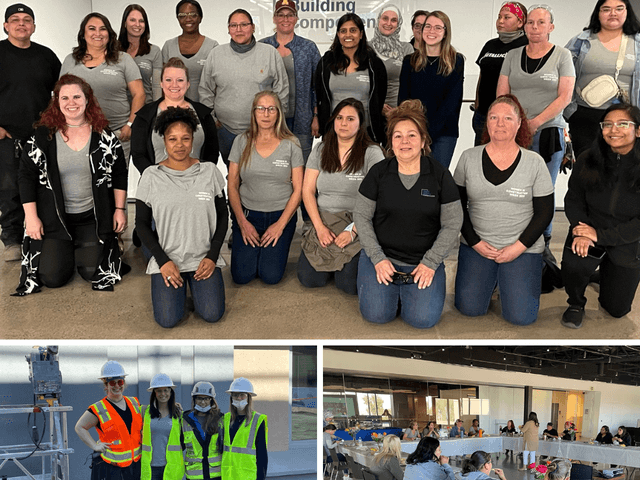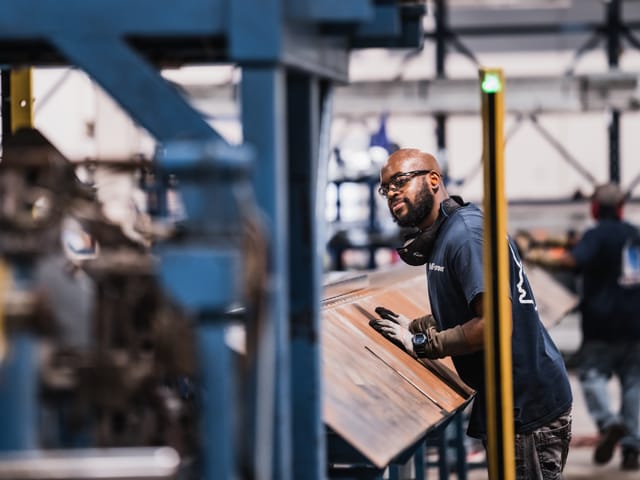
Celebrating Women in Construction Week 2022 – (read more)
Digital Building Components is proud to celebrate Women in Construction Week from March 6-12!

According to the World Economic Forum (WEF), “about 40% of solid waste in the United States derives from construction and demolition,” and the construction industry “accounts for 25-40% of global carbon emissions” as the largest consumer of raw materials. While prefab construction has become a popular method for saving time during the construction process, it also offers developers the opportunity to partner with responsible manufacturers who support lean construction methods and are committed to reducing a project’s carbon footprint.
In honor of Earth Day, we’re highlighting three ways Digital Building Components (DBC) can support these green building goals:
Building digitally, direct from the model, ensures each precise-to-spec product is uniquely manufactured to exact project specifications. The digital building process also reduces energy expended on rethinking and measuring via paper, for faster, more accurate outcomes. Better yet, products are fabricated in an efficient factory-controlled environment and batched to reduce waste and the potential for human error. The collective result is a lean construction operation with nearly zero material waste. Digital Building has recycled approximately 350,000 pounds since 2020.
Since modular building components are only built in indoors, no material is lost or damaged from exposure to unpredictable elements. Weather doesn’t affect factory production, keeping product outcomes on time and as expected. DBC’s production facility is also located in sunny Phoenix, Arizona, where the dry, warm climate is ideal for delivery fulfillment year-round. With efficient and near exact material use, little to no extra energy is consumed to replace damaged building components.
The lean design method also lends to a leaner construction and delivery process. Reducing the amount of delivery vehicles needed to transport product to the jobsite helps curtail the consumption of fossil fuels and their associated emissions.
The extensive use of technology in our manufacturing process starts at the commodity level, where data feeds the production line of automatic and robotic machines to create precise-to-spec components. Design for Manufacture and Assembly (DfMA), in its simplest terms, is the application of factory (or factory like) conditions to construction projects. The combination of these two methodologies means the sum of all components form a product that’s efficient to manufacture and also efficient to assemble. The precision manufacturing process ensures minimal to no resources or energy are expended on onsite rework. The high-quality products fit and perform as expected in the field.
If you think your project could benefit from the green building benefits DBC offers or are interested in learning how products can help earn credit towards environmental certification, let’s talk. To get started, contact us at www.digitalbuilding.com/contact.
Keep Reading

Digital Building Components is proud to celebrate Women in Construction Week from March 6-12!

At Digital Building Components, we roll our studs in-house using efficient, lean manufacturing methods. Our processes revolve around transforming virtual models into precise-to-spec building components that can change the way you build.

Happy National Manufacturing Day from all of us here at Digital Building Components! Today, we’re joining with companies and educational institutions across the nation to celebrate the manufacturing workforce and inspire a new generation of creators.